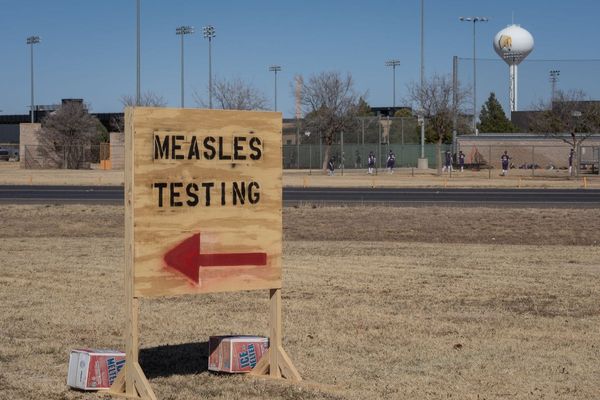
Medicare changed again in 2025 — affecting premiums, prescription drug costs and how you pay for medications. From higher premiums to new out-of-pocket caps, retirees need to review their coverage now to avoid surprises in 2026.
Read Next: 5 Types of Cars Retirees Should Stay Away From Buying
Check Out: New Law Could Make Electricity Bills Skyrocket in These 4 States
Jeffrey King, senior advisor for payer market operations at It Takes a Village Software & Services, explained the biggest changes, how these impact retirees’ wallets and how to prepare for 2026.
Updates to the ‘Donut Hole Calculation’
The “donut hole calculation,” a term that explained a payment gap in Medicare’s Part D coverage, has been eliminated and replaced by a cap on out-of-pocket drug costs, King said. “Once individuals spend $2,000 on drug costs, the plans take on the costs from there.”
Be Aware: 4 Surprising Things That Could Impact Your Wallet If a Recession Hits
The New Medicare Prescription Payment Plan
This new prescription payment plan will allow individuals to pay their prescription costs over time, King said. “High-cost pharmacy medications can be split into monthly payments instead of being due all at once.”
People with above average-to-high drug costs should see relief from total out-of-pocket costs with the maximum $2,000 spend but may see a reduction in other benefits previously offered after the donut hole period, King explained.
Standard Part B Premiums Increase
The Part B coverage of Medicare has gone up from $174 to $185 per month, King said, calling this a big deal for people on a limited income. Part B is essential coverage for everything from medically necessary services to preventive services. Even $11 more per month can strain an already tight budget. “Individuals with lower costs in services will feel the impact of the increase in the Part B premium.”
Top 3 Things To Do During Fall Open Enrollment
1. Complete a medication reconciliation and evaluate the coverage of those medications with available options for the next year. Understanding medications and the related coverage could prevent increased costs.
2. Review the provider network for the plan in 2026. Even the individual’s current health plan may make adjustments to their provider network for the next benefit year. Be sure that primary care providers and specialists are in the network; also check that hospitals and diagnostic facilities are still in network.
3. Evaluate supportive or additional benefits. Many plans may cut extended benefits such as transportation or over-the-counter (OTC) benefits which would result in the individual having to pay out of pocket for these services. Be sure to review the annual notice of change (ANOC).
For Those With High Prescription Costs
The smartest thing to do is to use tools to compare available options, King said. The plan finder at Medicare.gov is extremely helpful in evaluating projected costs for pharmacy costs. The plans with the lowest total annual drug cost for the specific medications are the best picks.
Be Aware of Surcharges and Fees
Also, stay aware of your income level and charges you can incur, King warned. The Income-Related Monthly Adjustment Amount (IRMAA) are extra charges added to standard Medicare premiums based on income. The surcharges apply to Part B and Part D coverage. The threshold for the surcharges starts at $106,000 (single) or $212,000 (married) and is based on tax returns from two years prior. This surcharge can be up to $419 additional per month but can be “appealed” if there is a life-changing event including retirement, divorce or death of a spouse.
Take Action Before Dec. 7
Well before Dec. 7, go to Medicare.gov, enter your medications and providers and evaluate the best Medicare plan for what you need, King urged. “If you need help, ask for assistance from a local community agency or elderly affairs group.”
The Impact in 2026 If You Make No Changes
Don’t wait to make changes. If someone does nothing, including not even reviewing plan information they could be surprised by:
- New bills for benefits and services that they currently receive under full coverage
- An increase in their prescription drug coverage as medications shift from one tier to another, or off of the formulary all together
- Bills from providers that were previously contracted but are no longer in network
- Lastly, plans are exiting markets at an increased rate. You could lose all current coverage and benefits and auto-assigned to a health plan or benefit package that does not meet your needs.
More From GOBankingRates
- 5 Luxury SUVs That Will Have Massive Price Drops in Fall 2025
- I Help People Retire Every Day -- Here's the Most Common Retirement Mistake People Make
- 9 Downsizing Tips for the Middle Class To Save on Monthly Expenses
- 10 Cars That Outlast the Average Vehicle
This article originally appeared on GOBankingRates.com: 3 Biggest Changes to Medicare That Took Place in 2025 — How To Plan For 2026







